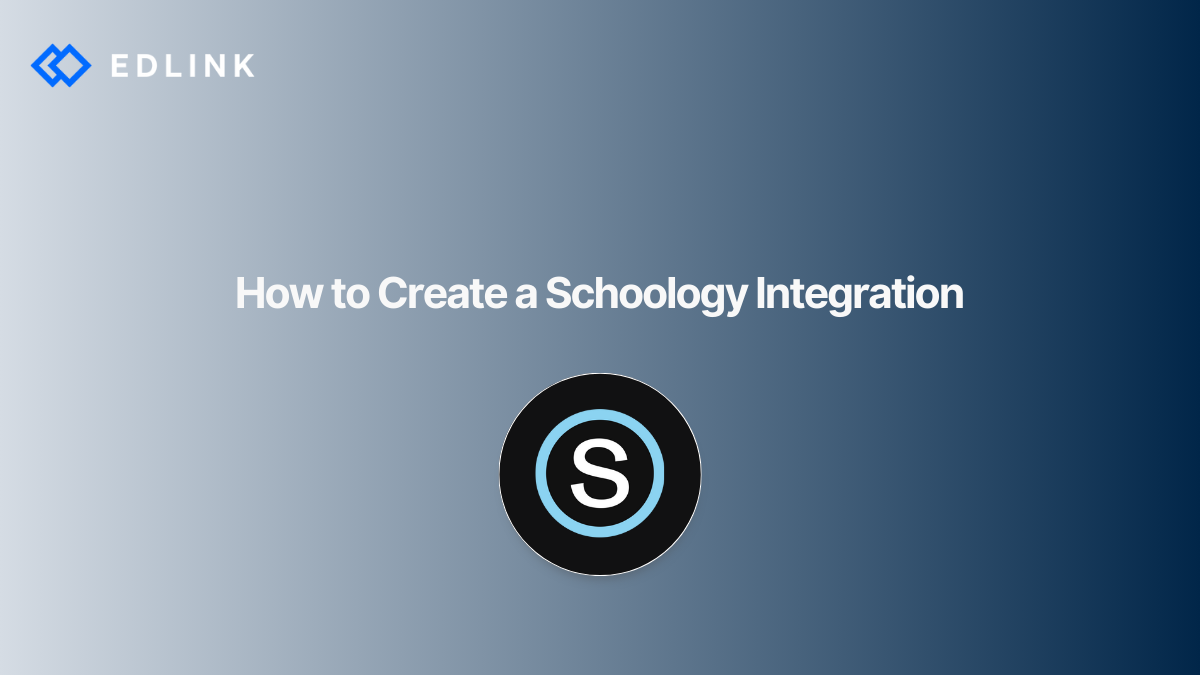Creating an LTI Standard Integration for Schoology
One way to integrate with Schoology is to develop an LTI-standard-compliant app. The most current release of the standard are the LTI 1.3 and LTI Advantage specifications, which Schoology now supports.
To create an LTI-standard-compliant app that works with Schoology, developers will have to configure their app as an LTI tool provider so that Schoology (the LTI consumer) can launch into the app. Typically, the app will appear to the user within an iframe window in Schoology, itself. When a user launches into the app, Schoology can pass developers information about the user’s role, user’s name, and the course that the iframe launched from. Once a user is launched into an LTI-standard-compliant app, developers can also pass parameters back to the LMS – such as sending scores back to the user's gradebook.
Creating an API Integration for Schoology
Schoology also supports integration though its proprietary API. The API allows developers to implement SSO through Schoology and to allow external applications to act on behalf of authenticated users.
To get started, create a Schoology API app by first checking out the Schoology API documentation. The Schoology API will allow the developer app to integrate more deeply with the LMS. This means that the app can enhance interoperability through grade pass back, rostering, and assignment sync.
Users will sign into the app by authenticating through Schoology. Once authenticated with Schoology's OAuth flow, the app can use Schoology's API to act as the user. This includes syncing assignments, passing grades back to the users gradebook, and updating course information. A developer’s app can also retrieve information from Schoology through the API, such as the user's name, the list of all of a user’s courses, and a user’s role.
Read More on Schoology
Here are other articles we’ve written on Schoology to help you on your journey:
- How Do I Choose? API vs LTI Schoology Integrations
- How to Implement Single Sign-On with Schoology
- Schoology and LTI 1.3: What You Need to Know
- 5 Do-It-Yourself Tips for Building a Successful LMS Integration for EdTech Developers
- Common Pitfalls of LMS Integration
Learn More about Edlink
If you're looking for a partner who can help guide you through developing LMS integrations (like these), then let’s introduce ourselves. We’re Edlink!

